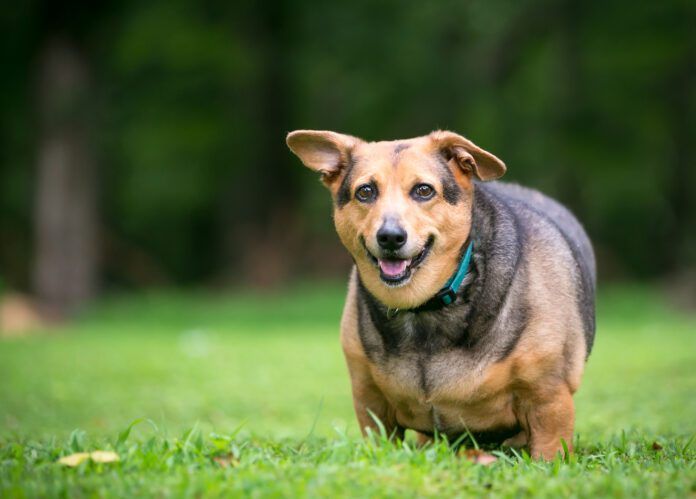On a big dog, one pound wouldn’t matter, but for Ella, that’s 10 percent of her body weight, and it’s noticeable on her small frame. But it’s her health, not her looks, that concerns me.
Lean dogs live longer, healthier lives than those who are overweight. A 14-year study showed that dogs fed 25 percent fewer calories than their freefed littermates lived nearly two years longer and showed fewer visible signs of aging. They also were a full three years older before they needed treatment for arthritis.
Health problems that are more common in overweight dogs include pancreatitis, diabetes, heart disease, disc disease, ruptured cruciate ligaments, hip dysplasia and other forms of joint disease, surgical complications, compromised immune system, and even many forms of cancer.
As many as half of all dogs in the U.S. are overweight, but the majority of their owners are in denial. A recent study found that veterinarians considered 47 percent of their patients to be overweight, yet only 17 percent of the owners agreed. If you can’t easily feel your dog’s ribs and shoulder blades, her waist is not discernable (a tuck behind the ribs), or there’s a roll of fat at the base of her tail, it’s time to face reality and put your dog on a diet.
Because we’re so used to seeing overweight dogs, many folks think a dog at his proper weight is too skinny. However, as long as the hips and spine are not protruding and no more than the last rib or two are slightly visible, he’s not too thin. If in doubt, ask your vet for an opinion, or go to an agility competition to see what fit dogs look like.
To learn more about how you can help your dog lose weight, or prevent him from getting too big in the first place, download the Weight & Fitness Handbook from Whole Dog Journal today.






